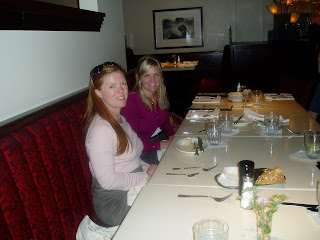A quick review since it has been exactly three months since the last
post on this subject.
And the subject is Dr. John Monore's collection of antique medical instruments that are eventually going to be displayed downtown in the Dean Research Building, specifically Wake Forest Institute for Regenerative Medicine.
In March and April, Karen Richardson (public relations officer for WFIRM) and I:
1. Cleaned out the six display cabinets donated by Dr. Monroe
2. Figured out how to install the glass shelves into those cabinets
3. Worked on new locks for those cabinets
4. And finally, actually made many trips with a cart from an office where the instruments are stored to the cabinets!
Since we are not the most "visual" people, we re-organized several times but finally got the instruments grouped according to our themes: bloodletting, feeding, general diagnostic, pharmaceutical, etc. After that, we started researching museum cards to describe the different instruments. Karen has done most of the legwork on this which was finding the slips of paper in which Dr. Monroe described each piece and then finding the "matching" piece - great puzzle solver! She then started typing up some descriptions for each piece. We learned along the way that there really isn't enough room in the cases to place physical description cards for each piece so we were leaning toward framed descriptions to hang on the wall.
Meanwhile, while going through some collections in the Archives, specifically Dr. Lawrence C. McHenry who did research on the history of medicine, I have found awesome and relevant materials for antique stethoscopes and brain/neurological-type instruments.
So, Karen is doing her thing (creating first draft of descriptions) and I'm doing mine (collecting and learning all about old medical instruments) when...
Dr. Tony Atala, director of WFIRM, who seems to have a great insterest in the history of medicine, decided that he wants more pieces displayed. We barely touched the surface, really, out of 1,300 items.
When she sent me an email update just this week, she said:
Just wanted to give you an update on the mini-museum ....
Dr. Atala has decided to purchase additional cases since only a small portion of the collection was displayed.
So, can guess the 1.5 words that have made my
entire week?
Ahhhh ... "mini-museum"
And of course, I replied with:
Dr. Atala needs to think bigger J I am ready to display all the things here too!
Okay, slight tangent there. Needless to say, Karen hopes to have the display completed by early Fall 2011.
Stay tuned!

